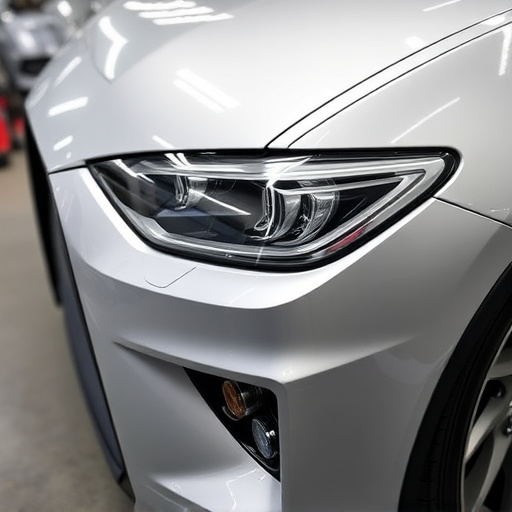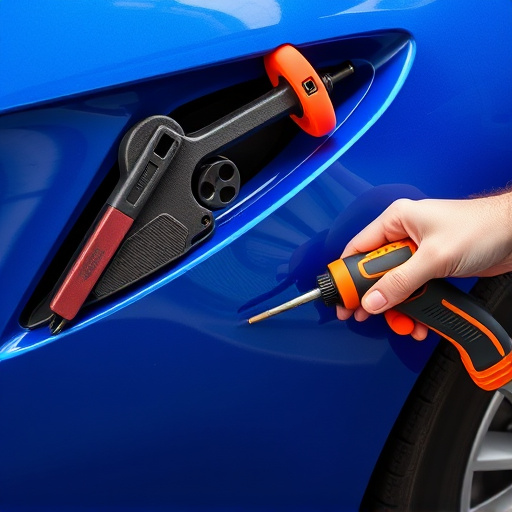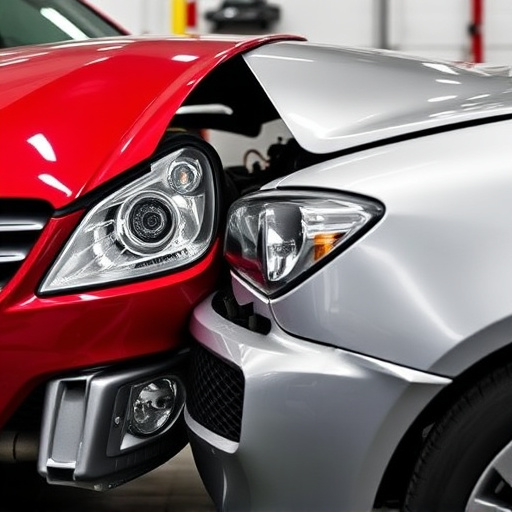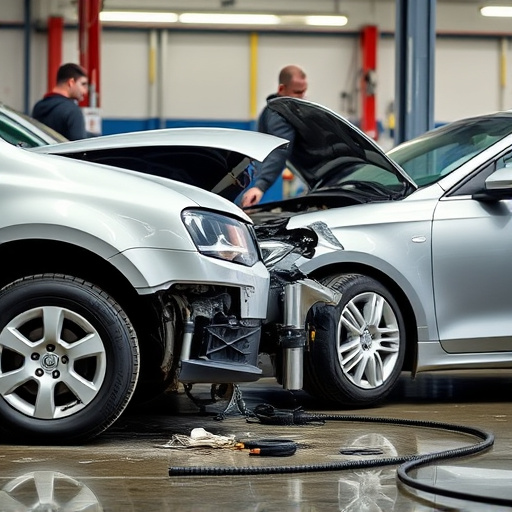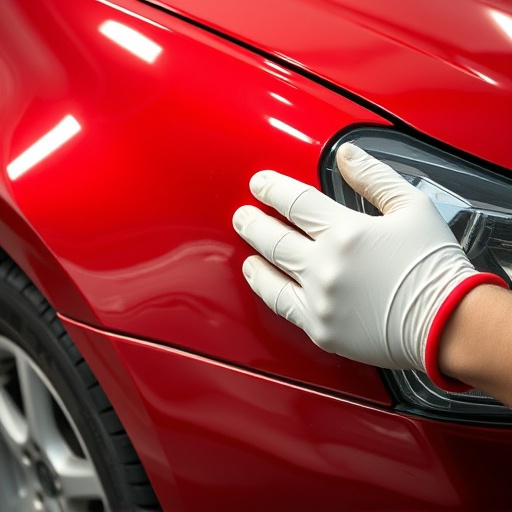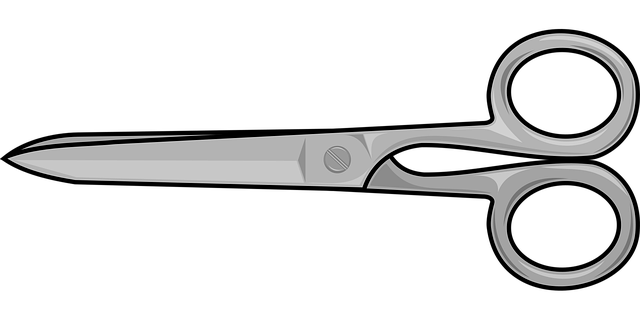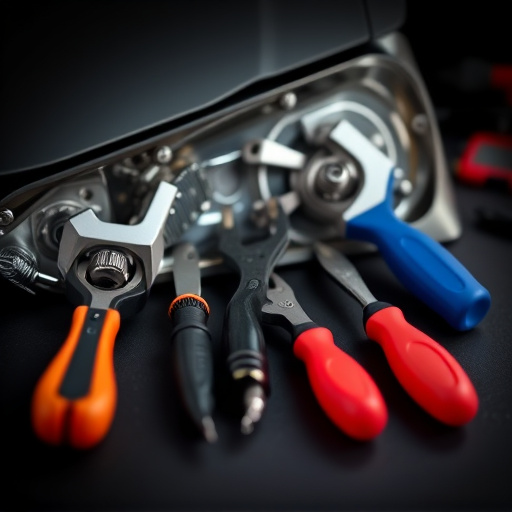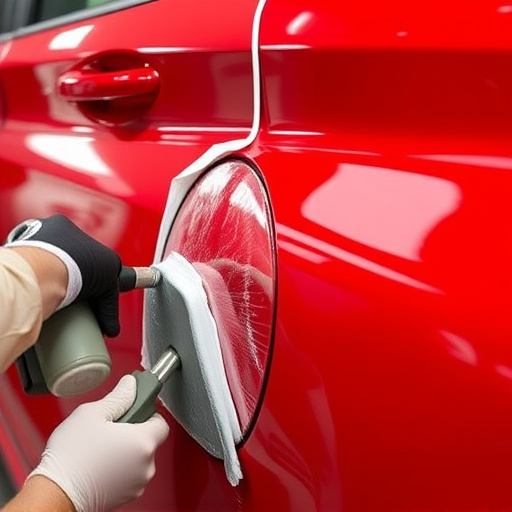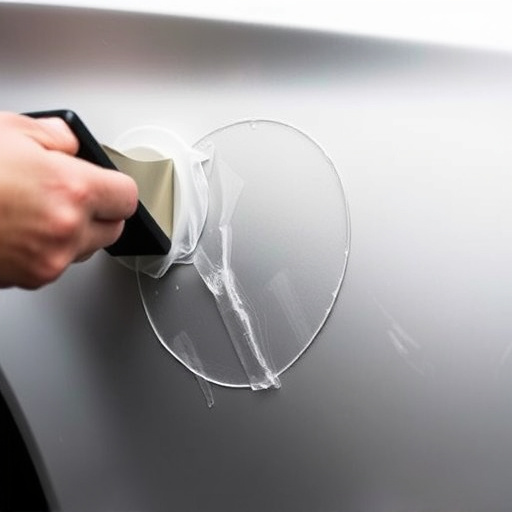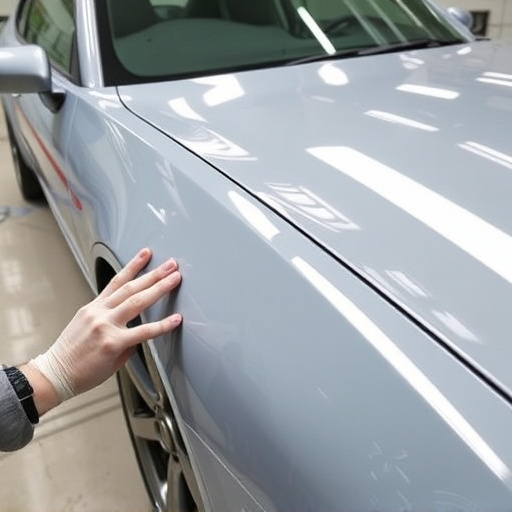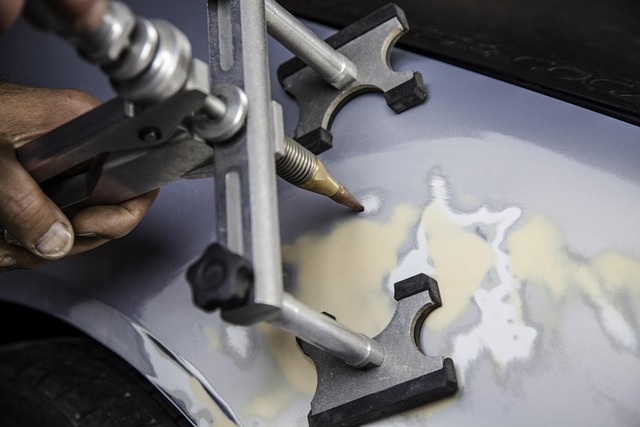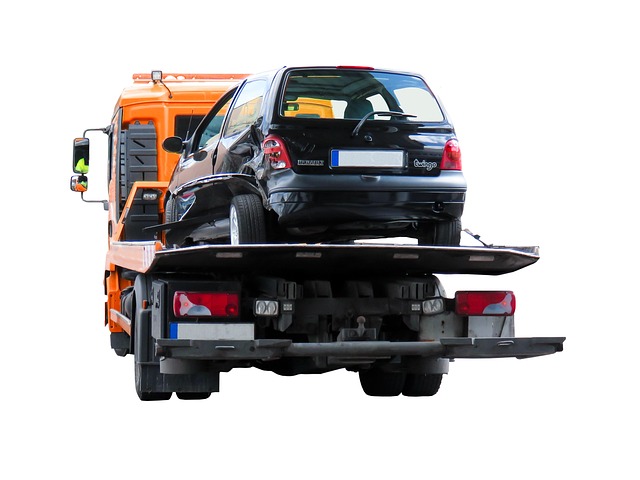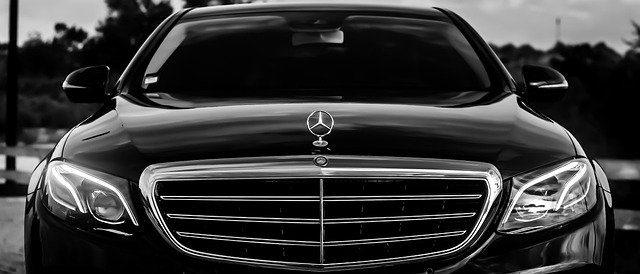Professional Paintless Dent Repair (PDR) provides a faster, eco-friendly alternative to conventional car dent repair for minor dents and scratches. PDR avoids repainting by using specialized tools to shape damaged areas back to their original form, preserving factory finishes and aesthetic appeal. Compared to traditional collision repair methods involving welding and panel replacement, professional PDR offers cost savings and quicker turnaround times while maintaining vehicle value.
“Considering repairs for your vehicle? Beyond conventional methods, Professional PDR (Paintless Damage Repair) offers a modern solution. This article guides you through the decision-making process, exploring when and why to opt for PDR over traditional repair. From understanding the technique to identifying scenarios where it excels, we provide insights into its benefits and considerations. Discover why PDR is becoming a game-changer in vehicle restoration, ensuring indelible results without the extensive work of conventional methods.”
- Understanding Professional PDR: A Comprehensive Overview
- When Traditional Repair Falls Short: Identified Scenarios
- Benefits and Considerations: Making an Informed Choice
Understanding Professional PDR: A Comprehensive Overview
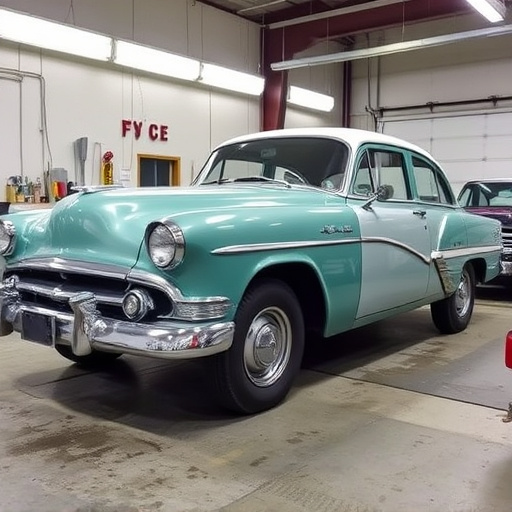
Professional PDR, or Paintless Dent Repair, is a cutting-edge technique revolutionizing the way we address car dents and scratches. Unlike traditional collision repair methods that involve extensive painting and labor, PDR is a specialized process focused on restoring the vehicle’s original appearance by removing dents from its exterior surface without the need for sandpaper or repainting. This non-invasive approach not only saves time and money but also preserves the vehicle’s factory finish, making it an attractive option for those seeking high-quality car collision repair.
The process of professional PDR involves several advanced tools and techniques, including hydraulic jacks, dent removal tools, and precision-engineered devices. Skilled technicians use these tools to carefully manipulate and release the dented area, returning it to its original shape. This method is particularly effective for minor dents, dings, and scratches, making it a preferred choice in many vehicle body shops. By choosing PDR over traditional repair, car owners can enjoy faster turnaround times, reduced costs, and a more environmentally friendly process that minimizes waste generated from paint removal and disposal.
When Traditional Repair Falls Short: Identified Scenarios
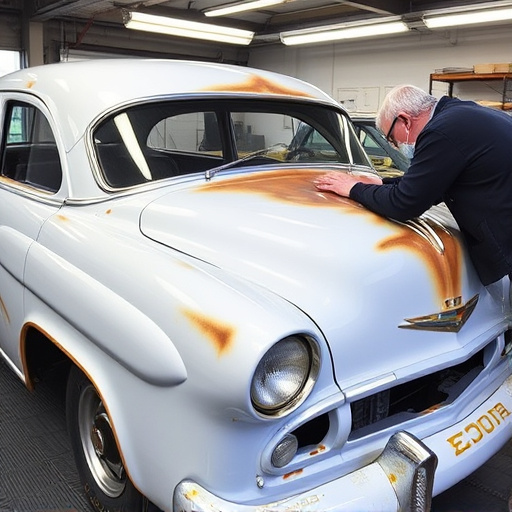
In many instances, traditional auto body shop repairs simply can’t match the effectiveness and benefits offered by professional PDR (Paintless Dent Repair). When it comes to minor dents, scratches, or creases on vehicle bodies, the limitations of conventional collision repair methods become evident. These methods often involve extensive painting, labor-intensive processes, and lengthy downtime for cars to dry and cure. Moreover, traditional repair can leave behind visible traces of damage, especially when dealing with complex geometric shapes or hard-to-reach areas.
Scenarios where traditional automotive repair falls short include situations where the dent is not deep or has been left untreated for some time. Over time, surface imperfections can become more pronounced and even lead to rust formation if not addressed promptly. Unlike in a collision repair shop, PDR techniques allow for on-site, same-day repairs, preserving the original factory finish and maintaining the car’s overall aesthetic appeal. This is especially beneficial for those who value their vehicle’s appearance and want to avoid the lengthy waiting periods associated with conventional methods.
Benefits and Considerations: Making an Informed Choice
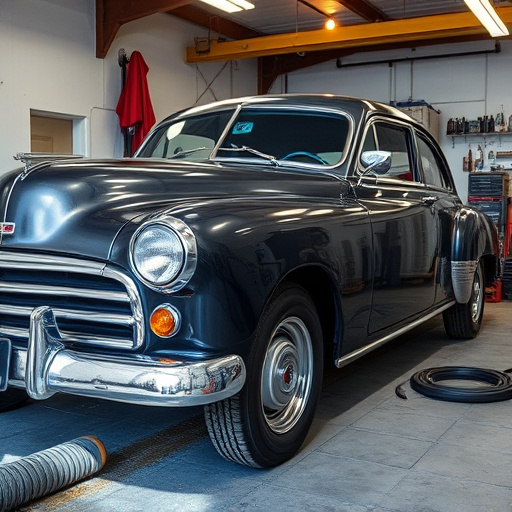
When deciding between professional PDR (plastic restoration) and traditional repair for your vehicle, it’s crucial to weigh the benefits and consider specific aspects that align with your needs. Professional PDR offers several advantages, such as minimizing paint damage, retaining original factory finishes, and enhancing the overall aesthetics of your car. This method is ideal for minor dents, dings, and scratches, providing a cost-effective solution without needing extensive body work or painting.
On the other hand, traditional automotive collision repair often involves more complex procedures, including metal welding, panel replacement, and extensive paint jobs. While it’s suitable for severe damage, it can be pricier and may take longer to complete. When considering professional PDR, remember that it specializes in restoring damaged areas, ensuring tire services are also available for comprehensive vehicle care. This choice allows you to maintain the value of your car while effectively addressing cosmetic issues.
In considering whether to opt for traditional repair or professional PDR (Paintless Dent Repair), understanding the distinct scenarios where PDR excels is pivotal. As detailed in this article, professional PDR offers significant advantages—from preserving original factory finishes to minimizing disruption and cost. When traditional repairs would leave visible traces or prove overly invasive, professional PDR emerges as a game-changer. By weighing these benefits against specific needs, informed choices can ensure vehicles return to their pre-dent condition with enhanced aesthetic value and residual value retention.
